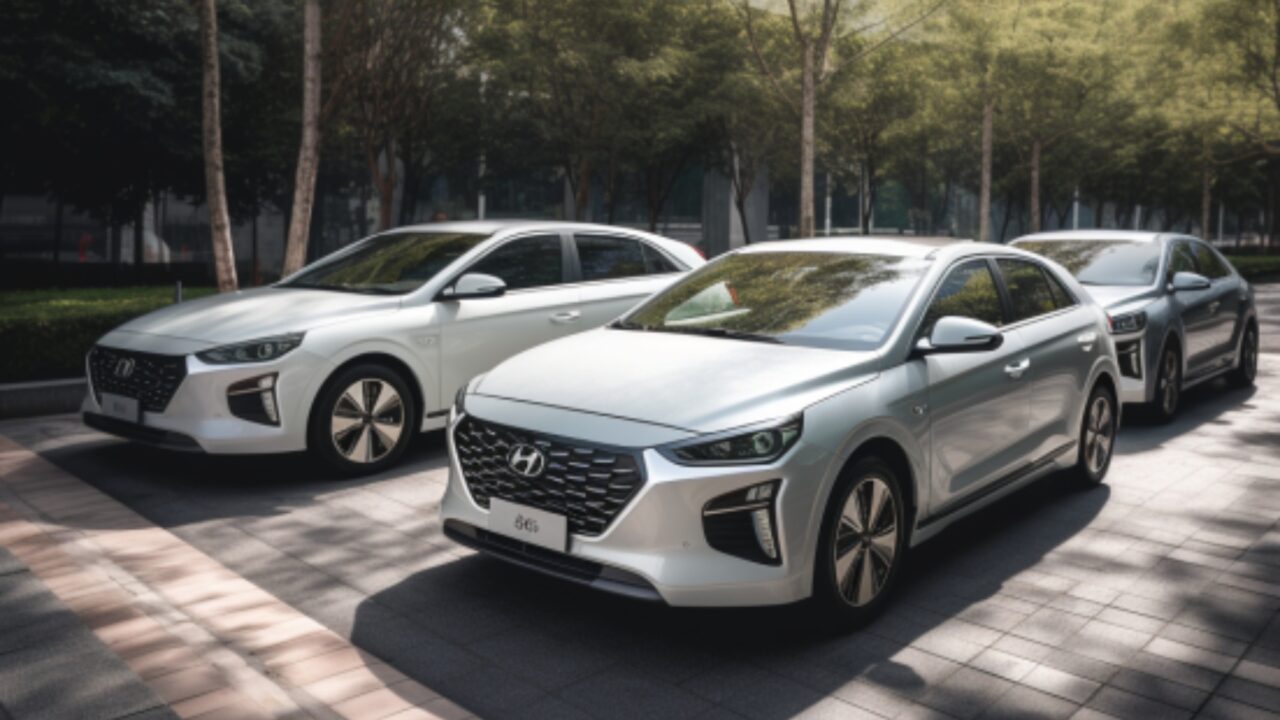Exciting EV developments are sparking up headlines. From Hyundai’s incredible EV growth to the curious case of China’s abandoned EV graveyards, we’ve got the latest scoop. Plus, we’ll unravel the importance of safe EV cables and tackle the charging challenge in the UK.
Hyundai’s electric symphony
Hyundai, a key player in the electric vehicle orchestra is hitting all the right notes. Their recent sales data is like music to the ears. In July, global vehicle sales rose by an impressive 1.2% compared to the previous year, nearing a remarkable 335,000 units. And that’s not all, the first seven months of 2023 saw a substantial 9.3% growth, reaching a grand total of over 2,416,500 vehicles. Bravo!
But what’s even more intriguing? The electric side of things, of course. Hyundai and Genesis showed off a 24% increase in plug-in EV shipments in July, hitting over 23,700 units. It’s like they’re announcing to the world, “We’re here, and we’re all charged up!” Battery electric vehicles (BEVs) are stealing the spotlight, boasting a 24% year-over-year increase, while plug-in hybrids are joining the dance with an equally impressive 25% growth.

And the icing on this electric cake? Hyundai’s BEVs, especially the Ioniq 5 and Ioniq 6, are stepping into the limelight and claiming their share of the electrified pie. This is the evolving melody of the auto industry, a clear sign that eco-friendly wheels are setting the tone.
China’s abandoned EVs
You might expect that with such a booming EV industry, things are all smooth sailing. But there’s a twist, China’s electrification surge has led to something unexpected: abandoned EVs scattered across cities like something out of a sci-fi movie gone wrong, left behind in the wake of rapid growth.
China’s government incentives fueled a massive rush of automakers into the EV market, but not everyone could keep up. Ride-hailing companies jumped onto the EV bandwagon, only to face the challenges of changing technology and industry consolidation. The result? Abandoned EVs strewn around, a symbol of oversupply and quick advancements.

Fields in cities like Hangzhou are now home to deserted EVs, a stark reminder that rapid growth can sometimes lead to unforeseen consequences.
EV cables: don’t fall for too-good-to-be-true bargains
Now, let’s shift gears and talk about a lesser-known challenge in the EV world, the charging cable. Not all charging cables are created equal, and some can be downright dangerous. Some drivers might be tempted by cheap chargers from unreliable sources, but beware, that’s a risky road to take.
Certain chargers from these dubious sellers could pose an electrical hazard. In some cases, these cables might even fail, leaving you stranded with a car that’s as thirsty as a desert camel.
Organisations like Electrical Safety First have done the homework, and they’ve identified charging cables sold online that could be ticking time bombs of overheating and electric shocks.
A faulty charging cable could harm your EV’s battery, which is quite a pricey component. In the UK, replacing an EV battery can cost around £5,000.
So, the advice is to stick to reputable sellers like the EV manufacturers themselves or retailers like Halfords. Look for the CE or UKCA markings, as they’re the signs of safety.
A Battery Charger for All EVs
In a more positive breakthrough, imagine a battery charger that can handle a wide range of battery pack voltages, from 120 to 900 volts. Sounds cool, right?
Regular chargers struggle with these different voltages, but not this one. It’s like a two-stage magic trick. The charger combines a boost-buck power factor correction circuit with a reconfigurable DC-DC converter. In simple terms, it can handle various voltage levels, even the lower ones where efficiency might take a slight dip.
While current EVs run on voltages between 250 and 450, the future holds EVs with battery packs from 600 to 800 volts. This universal charger is a game-changer. It means faster charging and lighter EVs. And guess what? We might not need special chargers for different EVs anymore.
The researchers are working to make this tech a reality. They want to use it in onboard and offboard charging units, to make charging simpler and more affordable. Plus, they’re exploring its use beyond cars, think e-bikes and small vehicles. This charger isn’t just about now; it’s a peek into the future of EV charging.
UK Councils and the EV Charging Puzzle
UK councils seem to be struggling when it comes to setting up charging points in residential areas. Can you believe it? More than 70% of these councils haven’t got a clear plan for EV charging.

Even more surprisingly, a staggering 69% of councils haven’t even set up a single on-street charger yet and almost half of them don’t even have plans to install any on-street chargers for the rest of the year.
The UK government has big plans to bid farewell to petrol and diesel cars by 2030, with a whopping 300,000 public chargers across the country by the end of the decade. But these councils are acting like it’s a “maybe later” situation.
If the government wants a charging revolution, they need to invest, create community hubs, and educate the masses. Only then will the road ahead be illuminated, and EV users can plug in without any drama.
So there you have it, an electrifying August update that’s all about EVs. From abandoned EVs in China to Hyundai’s EV success, safe charging cables, and the UK’s charging challenges, the electric road is full of surprises. It’s a journey where growth and innovation collide, promising a greener and more exciting future.
